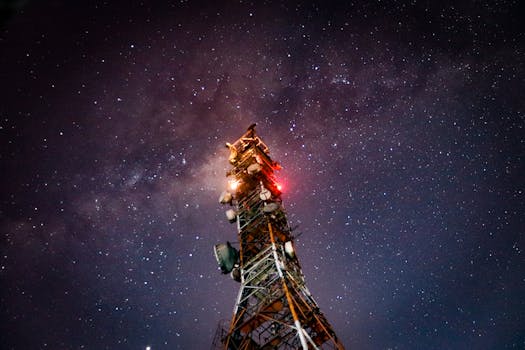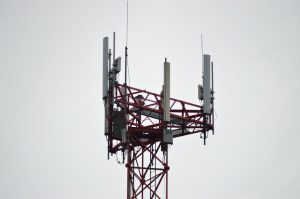Starlink: Revolutionizing Global Internet Connectivity with Satellite Technology

Starlink: Revolutionizing Global Internet Connectivity with Satellite Technology
Starlink is a revolutionary satellite constellation developed by SpaceX, founded by Elon Musk, with the ambitious goal of providing high-speed, low-latency internet connectivity to the entire world. This innovative project aims to bridge the digital divide, bringing internet access to remote, underserved, and disadvantaged communities, and transforming the way we communicate, work, and live.
The concept of Starlink was first announced in 2015, with the initial plan to launch a constellation of 4,425 satellites into low Earth orbit (LEO). However, the scope of the project has since expanded, with the goal of launching tens of thousands of satellites to create a network that can provide global coverage. Each satellite is equipped with advanced technology, including Hall effect thrusters for propulsion, high-gain antennas for communication, and a sophisticated navigation system.
How Starlink Works
Starlink uses a constellation of satellites in LEO, which is approximately 500 kilometers above the Earth’s surface. This low altitude allows for faster data transmission and lower latency compared to traditional geostationary satellites. The satellites are equipped with lasers, which enable them to communicate with each other and with ground stations, creating a network of interconnected satellites that can provide seamless internet connectivity.
When a user sends data through the Starlink network, the signal is transmitted to the nearest satellite, which then relays the signal to the destination satellite, and finally, to the ground station. This process occurs in a matter of milliseconds, allowing for fast and reliable internet connectivity. The Starlink system also includes a constellation of ground stations, which are responsible for managing the satellites, monitoring their performance, and ensuring the overall health of the network.
Benefits and Advantages of Starlink
Starlink offers several benefits and advantages over traditional internet connectivity methods. One of the most significant advantages is its ability to provide global coverage, including remote and underserved areas. This makes it an ideal solution for communities that lack access to traditional internet infrastructure, such as fiber optic cables or cellular networks.
Another significant benefit of Starlink is its low latency, which is comparable to that of fiber optic cables. This makes it suitable for applications that require real-time communication, such as online gaming, video conferencing, and virtual reality. Additionally, Starlink’s satellites are equipped with advanced security features, including encryption and intrusion detection, to ensure the integrity and confidentiality of user data.
Challenges and Controversies Surrounding Starlink
Despite its potential benefits, Starlink has faced several challenges and controversies. One of the main concerns is the environmental impact of launching thousands of satellites into orbit, which could contribute to space debris and pose a risk to other spacecraft. There are also concerns about the visual impact of the satellites, which could affect astronomical observations and the night sky.
Another challenge facing Starlink is regulatory approval. The project requires approval from various regulatory bodies, including the Federal Communications Commission (FCC) in the United States, to operate its satellites and provide internet services. Additionally, there are concerns about the potential for Starlink to disrupt traditional telecommunications markets and create new monopolies.
Conclusion and Future Prospects
In conclusion, Starlink is a revolutionary satellite constellation that has the potential to transform the way we communicate and access the internet. With its global coverage, low latency, and advanced security features, it offers a promising solution for bridging the digital divide and providing internet connectivity to remote and underserved communities.
However, the project also faces several challenges and controversies, including environmental concerns, regulatory approval, and potential market disruption. As the project continues to develop and expand, it will be important to address these challenges and ensure that Starlink is deployed in a responsible and sustainable manner.
The future prospects for Starlink are exciting and promising. With the potential to provide global internet connectivity, Starlink could enable new applications and services that we cannot yet imagine. It could also create new opportunities for economic development, education, and social interaction, and help to bridge the digital divide and promote global understanding and cooperation.



